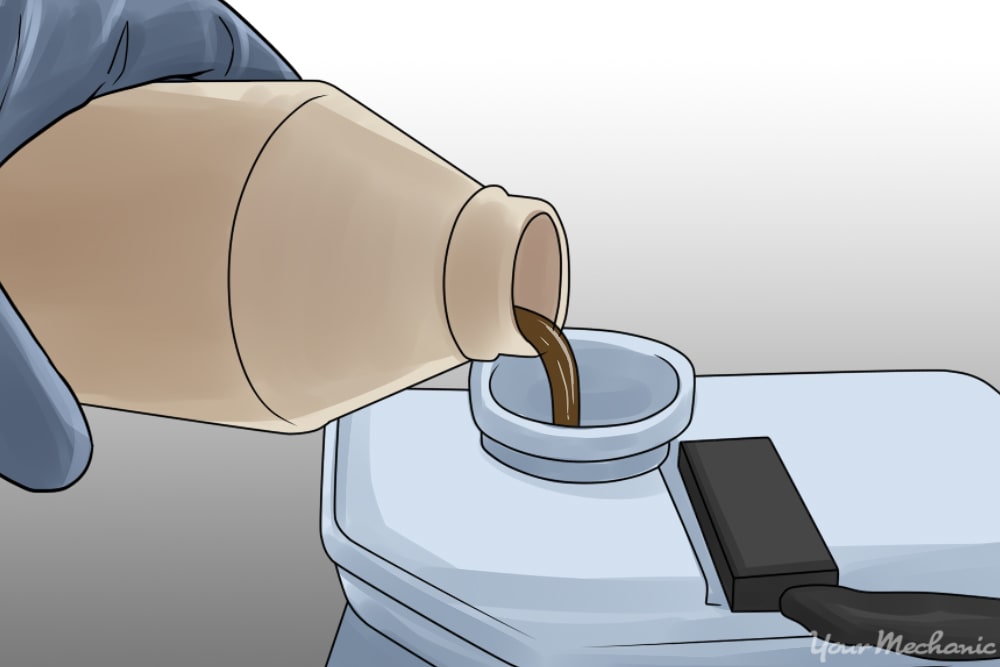

几乎每个自动零件都是可挽救且可回收的,包括其金属,塑料和液体。尽管金属和塑料车辆组件被重新利用以减少废物,但汽车流体由于其毒性而需要适当的处置。
Professional auto shops are held to high standards when it comes to disposing or recycling vehicle fluids, though the specifics vary between states and counties. The average car owner is not monitored to the same extent. However, for the sake of environmental health and even the safety of animal and human lives, car owners should practice proper automotive fluid disposal.
Every fluid in today’s cars requires special disposal or can be recycled. Regulations vary by area and fluid type. Common car fluids include engine oil, engine coolant/antifreeze, brake fluid, transmission fluid, power steering fluid, and various cleaning or waxing products. Whereas motor oil can be cleaned and reused,engine coolant requires disposalat a special facility in a process that differs greatly from transmission fluid disposal, for example. Follow these four guidelines for safely disposing of car fluids:
1.切勿通过倾倒来处理液体
Do not dump car fluids on the ground, into a storm drain, or into a septic tank. The toxicity of the fluids will harm the soil and contaminate water supplies, affecting animal populations and potentially humans as well.
2. Store Fluids Separately in Sealed Containers
保持所有不同的汽车液相互分开 - 在收集中心下降后特定流体的处理方法可能会有很大差异。汽车液可以高度易燃或有毒。等待处置,它们需要存放在密封的容器中,远离儿童,宠物和可能溢出的地方。容器特定的液体通常可以在使用后可以很好地存放。确保在容器中留出一些空气空间,以防流体膨胀。
3.研究处置要求
Depending on the type of fluid, it may need to be taken to a hazardous waste drop-off site. Look for descriptive words like “caution,” “warning,” “danger,” “poison,” or “corrosive” on a fluid container’s label to determine if it needs to be taken to such a site. Some fluids can be turned in to your local auto body shop to be properly disposed of. Contact local, state, and federal regulations and your local waste management company to learn about regulations and locations.
4. Arrange Transportation
您可以自己将汽车液体带到适当的下车位置,也可以聘请公司为您接收。如果您要自己运输液体,请确保它们在容器中紧密密封以防止旅行时溢出,尤其是在开车到蜿蜒的道路上的地方。一些危险的废物公司会来您家捡起危险的材料。请务必查看您附近必须提供哪些处置公司。

